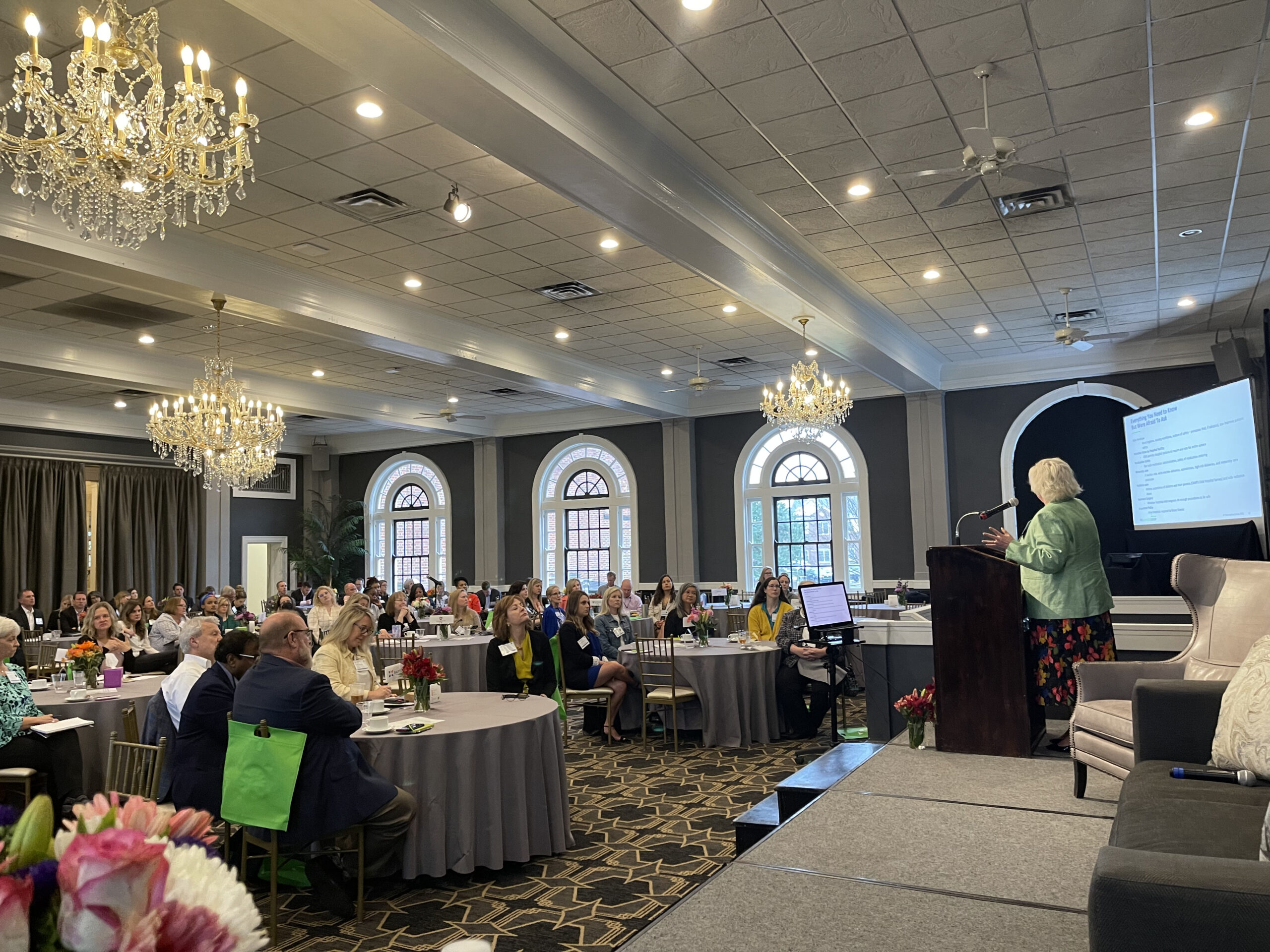We all experience pain. Perhaps you woke up this morning and on your way to the kitchen for your inaugural cup of coffee, you unexpectedly stubbed your toe. The pain is initially excruciating but soon subsides without much intervention. Other times, the experience might not be so fleeting. When picking up a heavy box, a sudden and sharp sensation in your back leaves you unable to stand up straight or walk without pain. The pain is so bad in fact, you are forced to miss the following days of work. After days of rest and at-home remedies don’t improve your situation, you visit your doctor in search of relief.
From here, there are many possible trajectories. Perhaps your doctor writes you a script for physical therapy and after a few visits, the pain subsides. The downside? Each visit sets you back $50 in co-pay costs and two vacation hours from work. Alternatively, perhaps this physical therapy doesn’t work, and you begin an exhausting process of trial and error. You visit the chiropractor, a pain specialist, an orthopedic doctor, and try a slew of medication regimes. Nothing seems to relieve the pain, and you have exhausted the options your insurance covers. You are unable to continue seeking relief without significant financial or time impact.
These situations paint a limited picture of the what millions of Americans regularly experience in the face of their acute and chronic pain. The experiences are individualized and their impact multidisciplinary. Pain management and the opioid crisis have been co-evolving, each significantly impacting the advancement or determent of one another. Often, prescription opioids are the first line of exposure to opioids for an individual who might go on to develop an opioid disorder. A rise in stringent prescribing guidelines have reduced the incidence of exposure, however this has not been without unintended consequences. Individuals who have relied on opioids to manage their pain have often been left without ways to manage their pain. System barriers such as insurance coverage for evidence-based modalities, care that is not comprehensive, or lack of clinical guidelines have impeded access to possible curative pathways. Individual barriers such as finances, time, or lack of knowledge add additional barriers.
EMPLOYERS SHARE CHALLENGES AND SOLUTIONS
Although not the only solution to this complex problem, employers have a role in mitigating some of the barriers their employees and their families may be experiencing in the face of their acute and chronic pain. On July 26, the KHC convened a group of employers representing various industries to discuss this role and explore the impact of pain on their workforce.
The conversation was kick-started by a presentation from the Integrated Benefits Institute on the prevalence of opioid misuse and pain related conditions in the workplace, and their impact on absenteeism and productivity. Following the presentation, Dr. Danesh Mazloomdoost spoke with the group on the pathology of pain and opioid use and the efficacy behind a biopsychosocial approach to managing pain as a symptom. The proceeding discussion among employers was guided by a few select questions:
- How has chronic and acute pain impacted your daily business operations?
- What healthcare or other data do you look at to measure pain assessment, treatment, and management in your population?
- How well are patients getting access to effective diagnosis and treatment for acute and chronic pain using a biopsychosocial approach?
- What are health plan coverage challenges for patients in accessing treatment modalities?
A theme in the discussion was the variables that exist in the workplace that cause pain or impede its management. Employee duties, whether they involve sitting at a desk or repetitive movements for hours a day, largely influence what types of pain employees experience. Scheduling and compensation structures often can keep employees from pursuing any type of treatment. For instance, an employee who is paid hourly may be more resistant to exchanging an hour at work for an hour at a doctor’s appointment. High employee turnover often doesn’t give employers an opportunity to make measurable impact on an employee’s condition. Alternatively, high employee turnover means that employers sharing a similar region or industry are often “inheriting” each other’s past employees. This fact demonstrates the need for a collective and synergistic approach from employers to setting priorities on their employees health.
Employers are also familiar with the barriers that exist within the medical system and health plan for their employees. There is concern around which treatment approaches are widely accepted, utilized, and covered. Referral processes are unclear – Are there centers of excellence for pain? What specialties are best equipped to manage pain? Employers also acknowledge the cost-sharing, utilization management, and coverage limitation barriers that exist for many pain management modalities.
Although these are hurdles to overcome, employers recognize the complexities around pain and the impact that is having on their workforce. Many have already taken measures to mitigate it’s effects, implementing innovative approaches around workplace accommodations, ergonomic supports, and preventive training.
DIVING DEEPER
This focus group discussion will help guide the KHC’s upcoming year of work around pain management. As an addition to the Opioids and the Workplace Toolkit, the KHC will be developing a section detailing employer best practices for supporting employees through this complex issue. The addition will be released in April.





